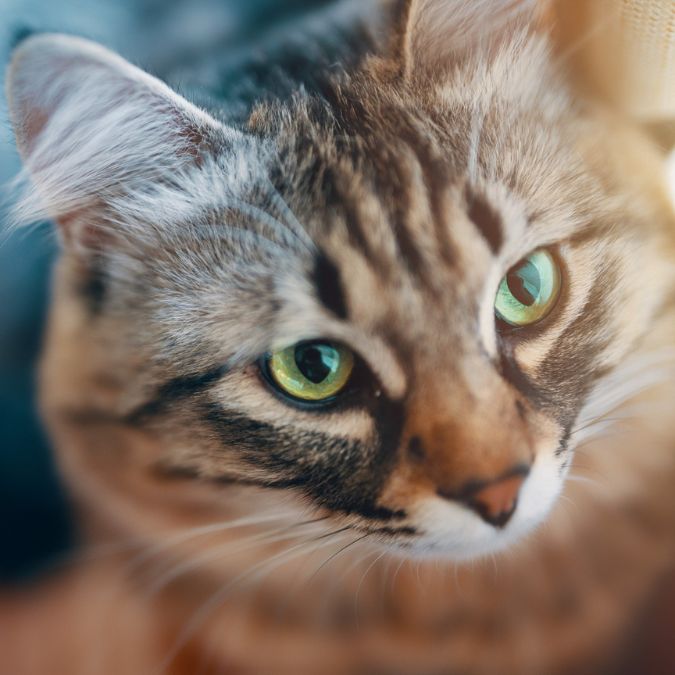
Cats, with their enigmatic presence and purring companionship, have captivated human hearts for millennia. Yet, numerous myths persist about these feline friends, often leading to misconceptions about their behavior, needs, and health. Here are 14 common myths about cats debunked.
Myth 1: Cats Always Land on Their Feet

While cats are known for their incredible agility and balance, the belief that they always land on their feet isn’t entirely accurate. Cats possess a reflex to right themselves mid-air during a fall, a skill known as the “righting reflex.” However, this doesn’t guarantee a safe landing. High falls can still result in injuries, which is why window safety for indoor cats is crucial.
Myth 2: Cats Are Nocturnal Creatures
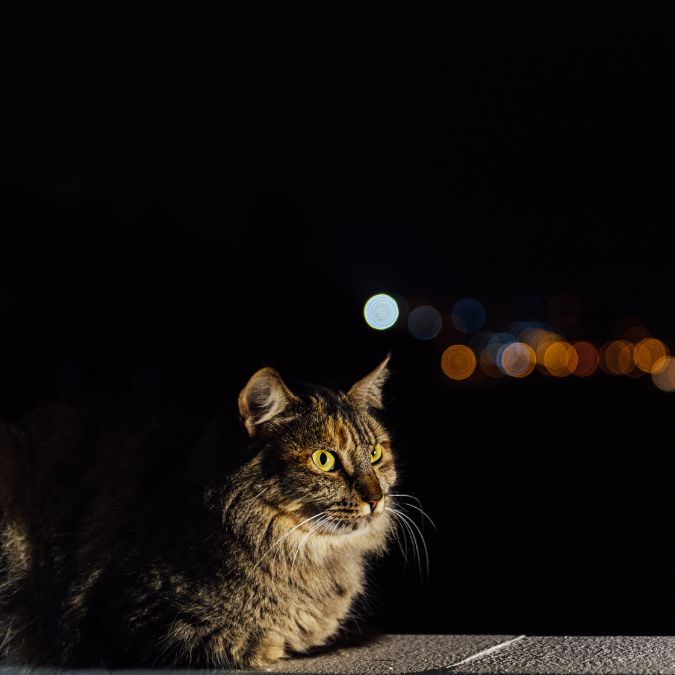
It’s a common misconception that cats are nocturnal. In reality, they are crepuscular, meaning they are most active during the twilight hours of dawn and dusk. This behavior stems from their ancestral hunting patterns. So, if your kitty is keeping you up before sunrise, it’s not out of ordinary—it’s instinct!
Myth 3: Milk Is Good for Cats

Many of us grew up with images of cats lapping up bowls of milk. However, feeding your cat milk can be more harmful than beneficial. Most adult cats are lactose intolerant and cannot digest milk properly, which can lead to upset stomachs and diarrhea. Stick to fresh water and leave the milk out of their diet.
Myth 4: Cats Hate Water
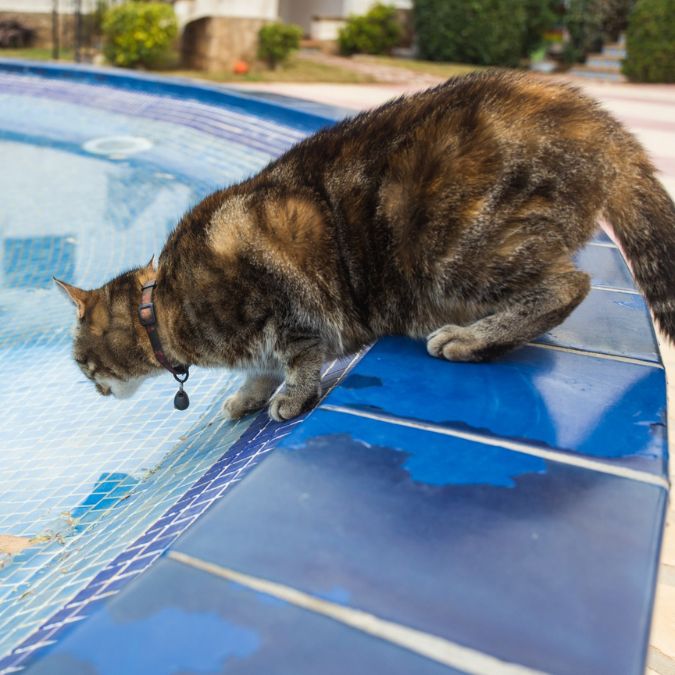
While many cats do shy away from water, this isn’t a universal truth. Certain breeds, such as the Turkish Van, are known as “swimming cats” because they are more inclined to enjoy water. Additionally, individual preferences can vary; some domestic cats may revel in playing with dripping faucets or paddling in shallow baths.
Myth 5: Cats Are Solitary Animals
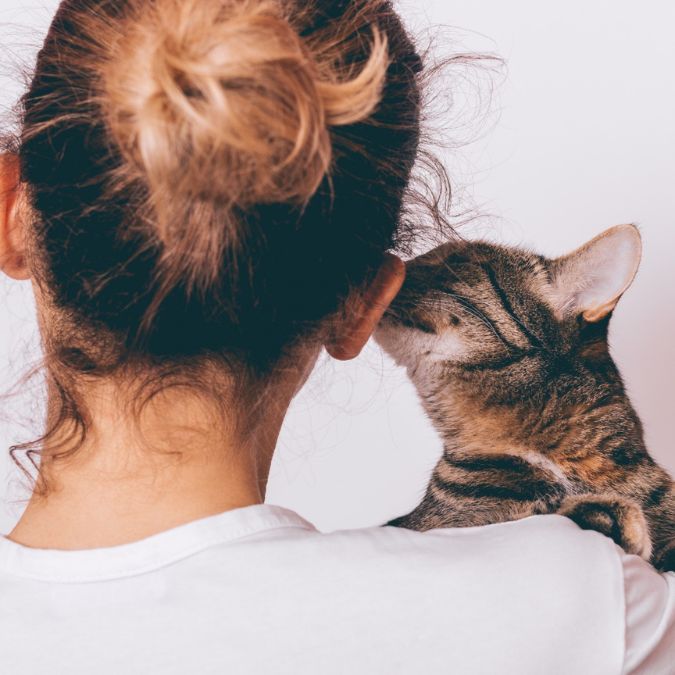
The stereotype of the aloof, solitary cat may not be as accurate as once thought. While cats can enjoy their independence, they also can form close bonds with their owners and other pets. Socialization is key, and many cats enjoy companionship, whether it’s with humans or other animals.
Myth 6: Indoor Cats Don’t Get Sick
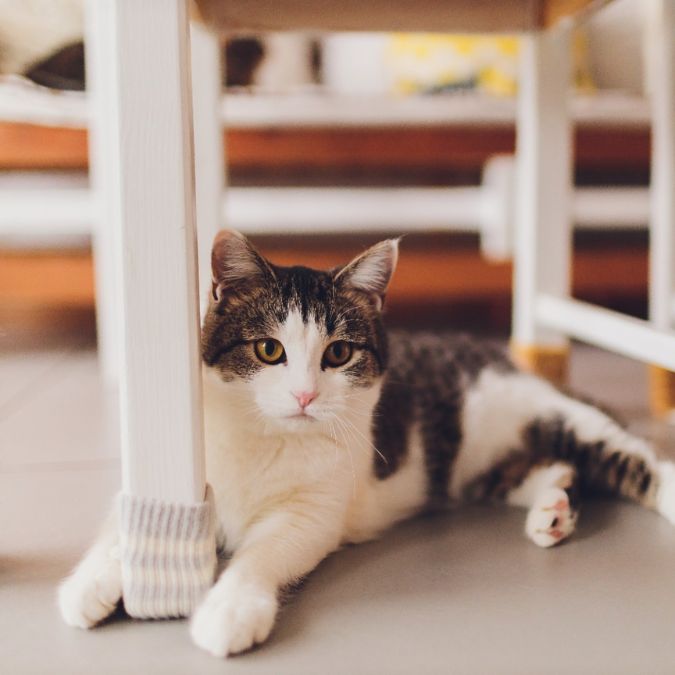
Keeping your cat indoors can certainly help protect them from various dangers. However, indoor cats are not immune to illness. They can still develop diseases such as diabetes, obesity, and dental issues. Regular veterinary check-ups and a proper diet are essential for their overall health.
Myth 7: A Purring Cat is a Happy Cat
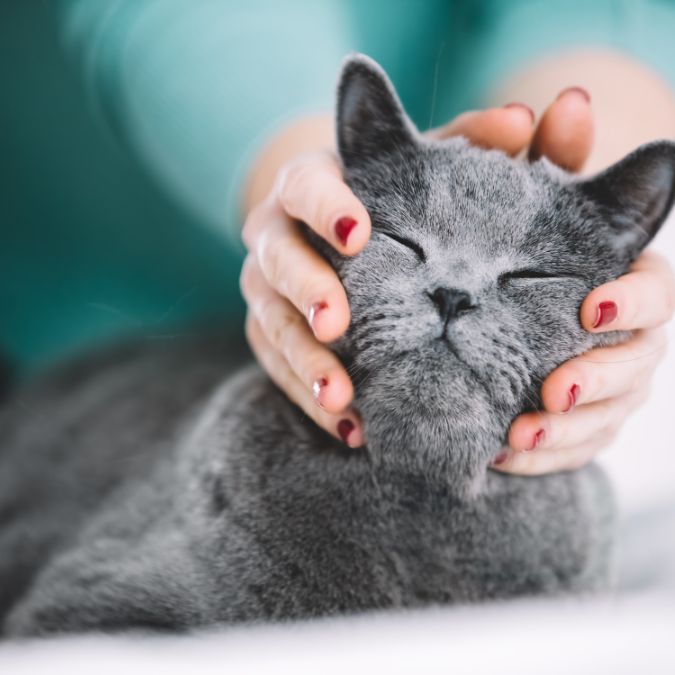
Purring is often associated with a cat’s happiness, but it’s not a definitive sign of their mood. Cats also purr when they’re in pain, distressed, or even when they’re near death. Understanding the context of your cat’s purring is key to interpreting their emotional state accurately.
Myth 8: Cats Must Have Whiskers to Balance
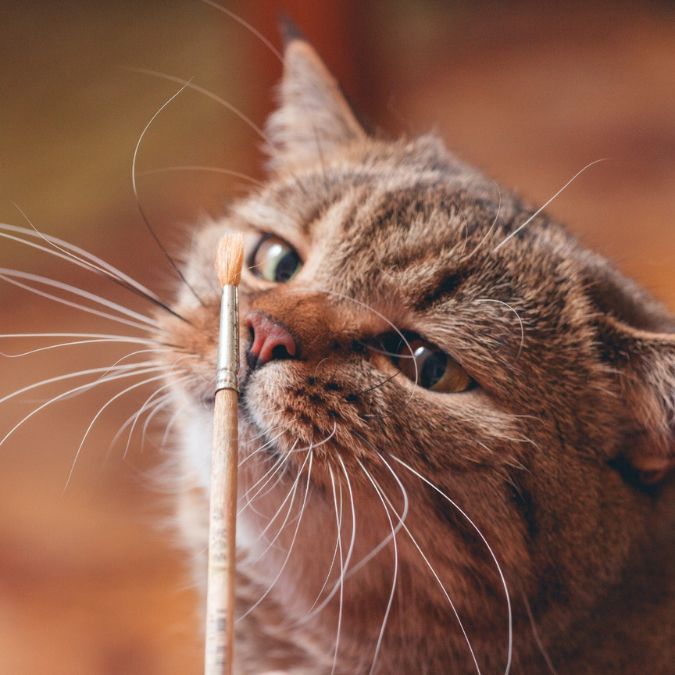
Whiskers do serve important functions, aiding in spatial awareness and helping cats navigate their environment, but they are not essential for balance. Cats rely on their inner ear structures to maintain balance. While whiskers add to their sensory toolkit, a cat without whiskers would still be able to balance.
Myth 9: Cats Can See Perfectly in Complete Darkness

Cats have superior vision in low light, which aids them during dawn and dusk when they prefer to be active. However, they cannot see in complete darkness. Their eyes are adapted to make the most of minimal light, but like humans, they need some light to see.
Myth 10: Cats Only Meow at Humans
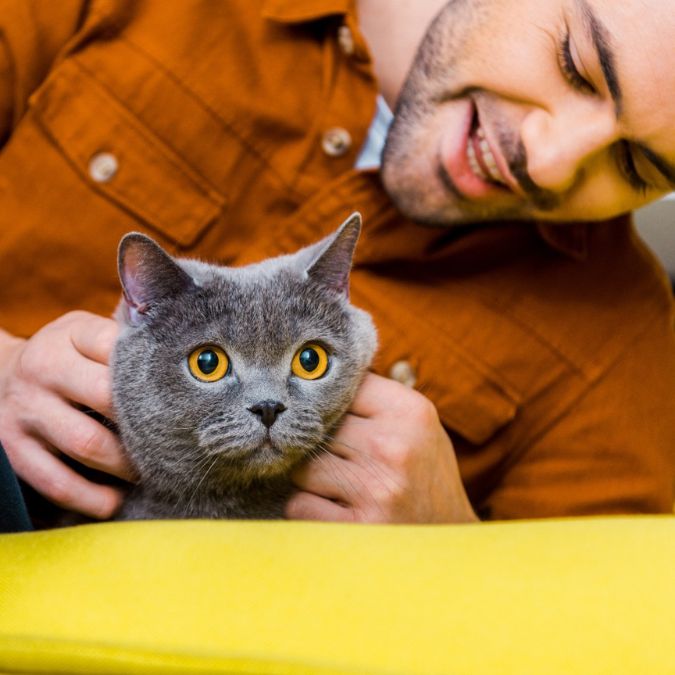
Cats primarily use meowing as a method to communicate with humans; they rarely use it with other cats. However, mother cats meow and purr to lead their kittens, who are born blind and deaf. So, while meowing is often directed at us, it’s not exclusively a human-focused communication.
Myth 11: Cats Are Fine Without Human Interaction

Some might think cats are self-sufficient creatures who don’t need much from humans besides food and a clean litter box. While they are indeed independent, cats do require interaction and mental stimulation. Ignoring these needs can lead to boredom and behavioral issues.
Myth 12: It’s Impossible to Train a Cat
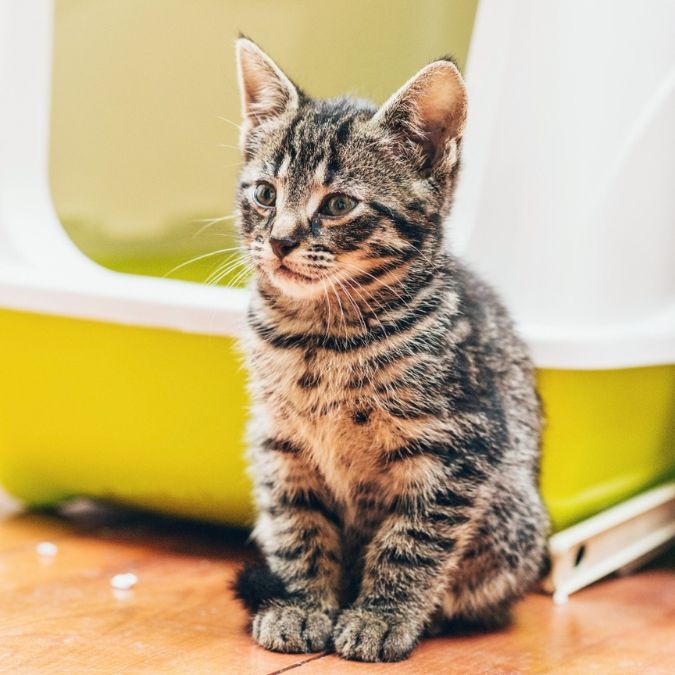
Contrary to the belief that cats cannot be trained, with patience and consistency, cats can learn a variety of commands and tricks. Positive reinforcement techniques work well, and many cats can be taught to come when called, sit, or even use a human toilet!
Myth 13: Cats Rub Against You Solely to Show Affection
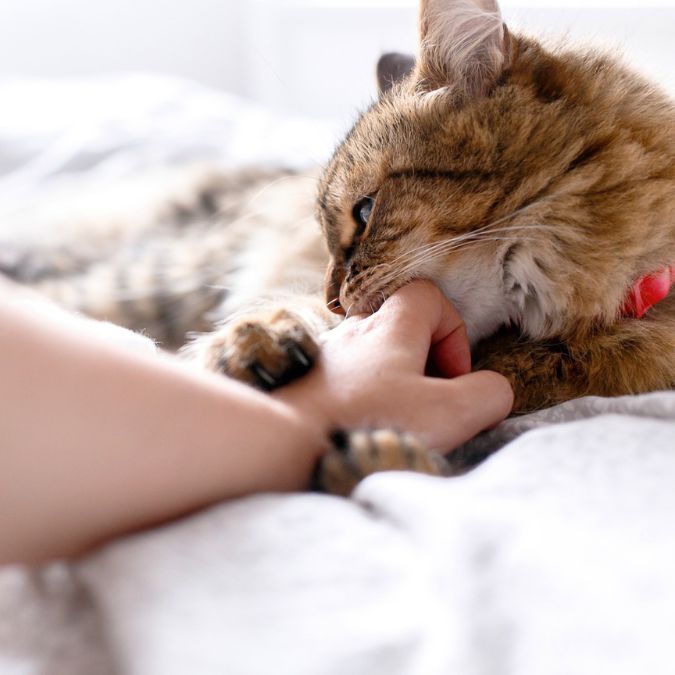
While cats often rub against their owners to show affection, this behavior also serves to mark their territory. Cats have scent glands on their faces that release pheromones, and by rubbing against you, they are marking you as “theirs.”
Myth 14: Black Cats Bring Bad Luck
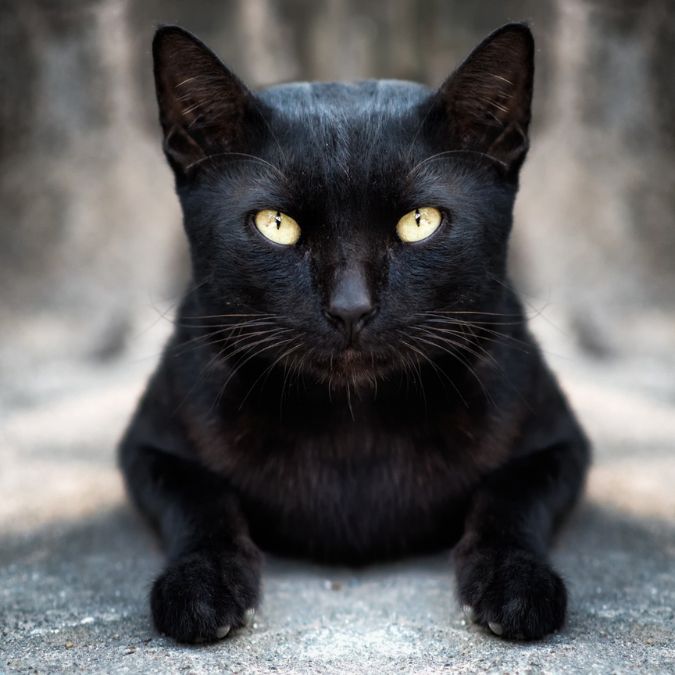
This age-old superstition has led to the stigmatization of black cats, especially around Halloween. In reality, black cats are just as loving and delightful as cats of any other color. This myth stems from medieval folklore and has no basis in fact.
Fascinating Feline Creatures
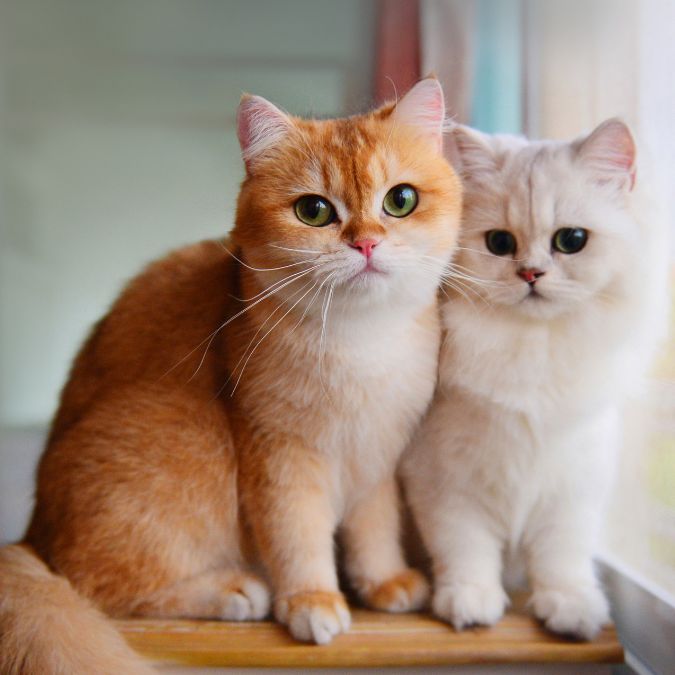
Understanding these myths and recognizing the truths behind cat behavior and needs can help deepen the bond between you and your feline friend. Cats are charming creatures with unique personalities and characteristics—getting to know them beyond the myths can lead to a rewarding and joyful companionship.
Read More
7 Ways to Make Money with Animals
The Rise of Pet Therapy: How Animals Heal Us Psychologically

Vanessa Bermudez is a content writer with over eight years of experience crafting compelling content across a diverse range of niches. Throughout her career, she has tackled an array of subjects, from technology and finance to entertainment and lifestyle.
In her spare time, she enjoys spending time with her husband and two kids. She’s also a proud fur mom to four gentle giant dogs.
